Types of Bee Hives
Beehives are primarily designed for the convenience of beekeepers, instead of for the benefit of the bees.
The Langstroth Hive is the most common hive used throughout the world.
The top bar hive is the oldest and most commonly used hive style in the world. It features individual bars laid across the top of the hive cavity. The bees build their comb down from these bars naturally, without the use of a 4 sided frame or foundation. Generally the bars are a wooden wedge or strip with a guide to ensure combs hang straight.
Whether you are new to beekeeping and trying to decide on a hive style or just curious about trying a new design, there are some definite advantages and drawbacks for both Langstroth and Top Bar Hives. One is declared more practical while the other is touted as more natural, but which one is best for you. READ MORE…
The Warre’ Hive was developed in 1867 to try and make a simpler hive to use for beekeepers.
The newest style of Beehive is the Flow Hive. Flow Hive makes harvesting honey so much easier for the beekeeper and so much gentler on the bees as with Flow’s patented technology you can harvest in small batches directly to your jar.
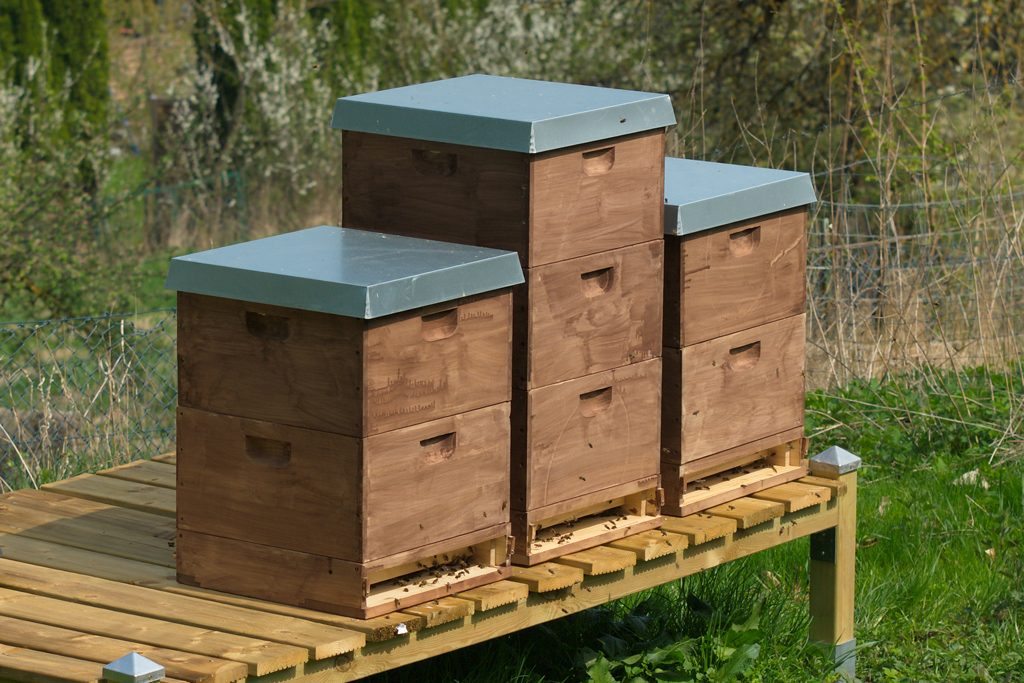
Langstroth Hive
The Langstroth hive is the standard beehive in many parts of the world. In Australia Langstroth hives made out of 8 – 10 frame boxes.
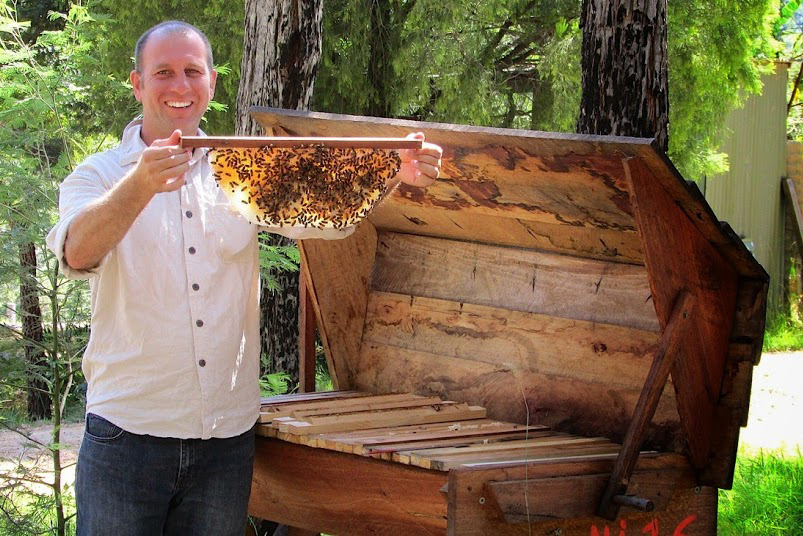
Top Bar Hive
The design of the original top bar beehive owe its invention to J.D. Tredwell and P. Paterson in 1965. That decade saw the emergence of long top-bar hives. Some minor improvements were done on the beehive in the 1970s. There are 2 major variants: the Kenyan Top Bar Hive (KTBH) and the Tanzanian top bar hive.
The Tanzanian top bar hive has straight sides. The Kenyan Hive has sloped sides, recommended to be 30 degrees.
Modern top bar hives are made in the design of the Kenyan top bar hive. It is generally considered to be better than the Tanzanian top bar hive.
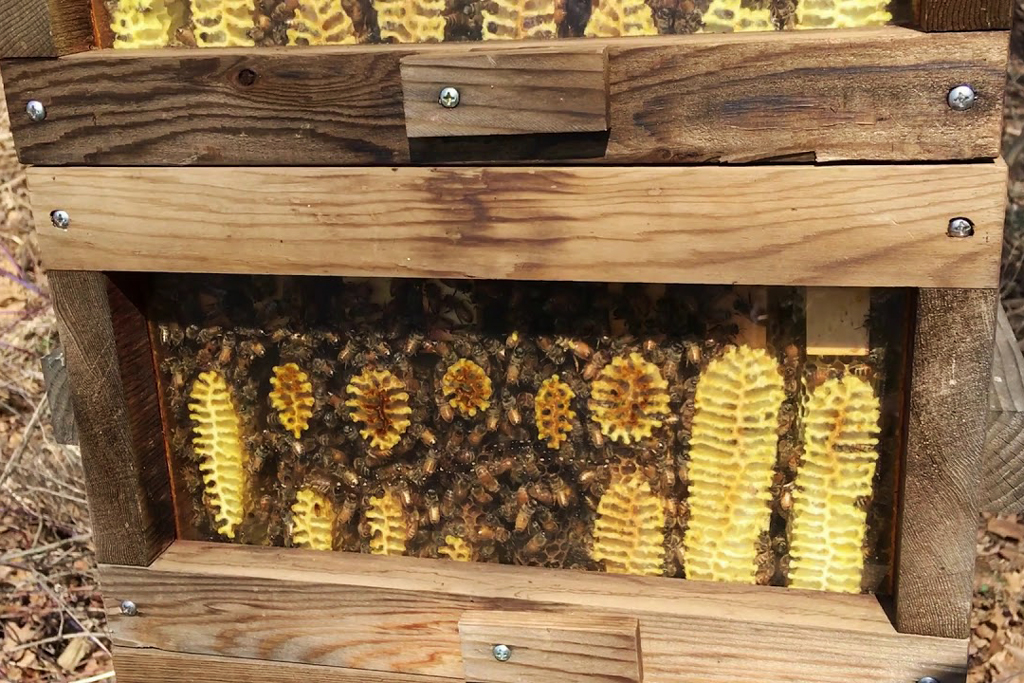
The Warre' Hive
The Warré hive is named after its inventor, Abbé Émile Warré (1867-1951).
Responding to the obvious decline in beekeeping in France since his youth, Warré experimented with some 350 hives of various designs with the aim of producing a hive that was simple, economical, bee-friendly and assured a surplus for the beekeeper.
The result was his People’s Hive (Ruche Populaire) whose construction and operation he described in his book Beekeeping For All.
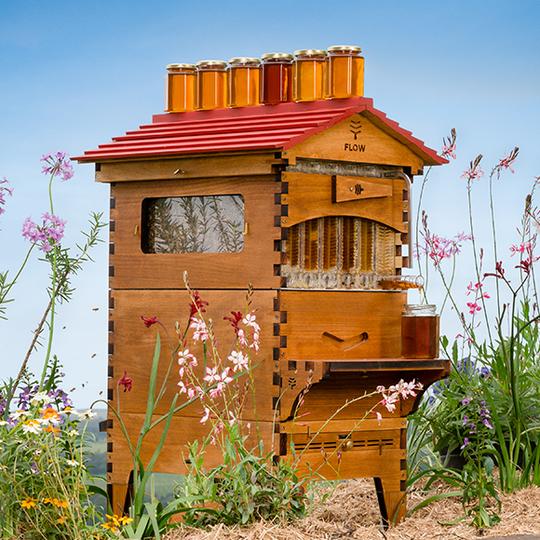
The Flow Hive
Harvesting honey has never been easier.
Tapping honey straight from the hive without opening it, means harvesting no longer equals long hours of hot sticky work, with heavy lifting and expensive processing equipment.
Flow’s patented split cell technology uses partially formed comb that the bees complete. Once filled and capped, turn the key and inside the honeycomb cells split, creating channels for the honey to flow down while the bees remain undisturbed on the surface of the comb.
Watch as pure, fresh honey flows right out of the hive and into your jar. No mess, no fuss.
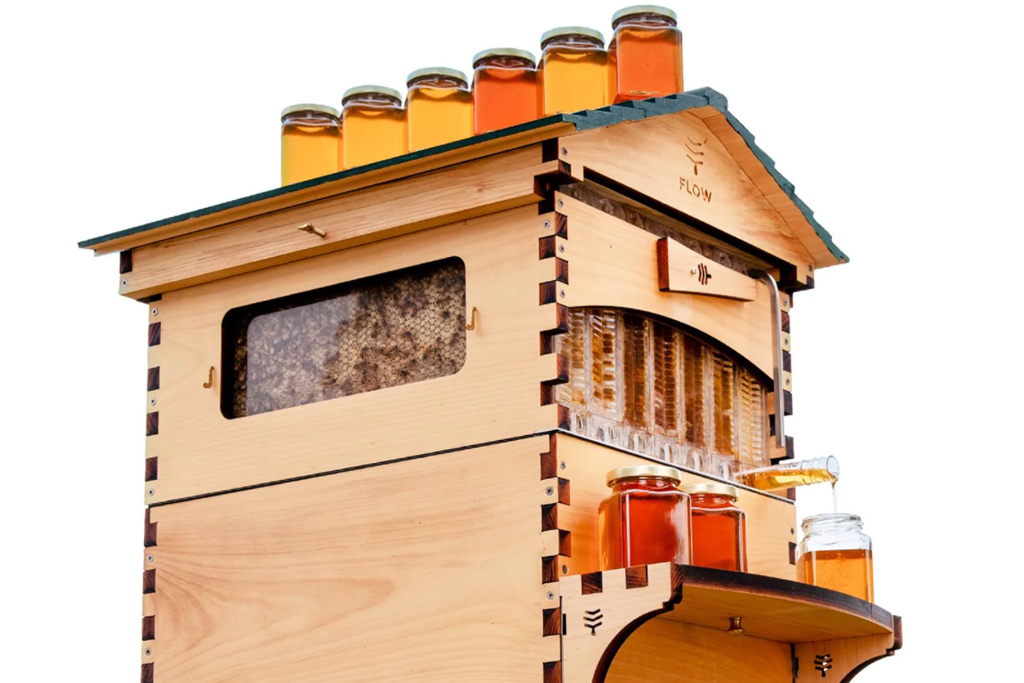
Flow Hive Deal
If you are wanting to buy a flow hive, you can do this through Valley Bees. We have a unique share link which is available by emailing Maree and Mark Hannon.
Email: flowvalleybees2@gmail.com
